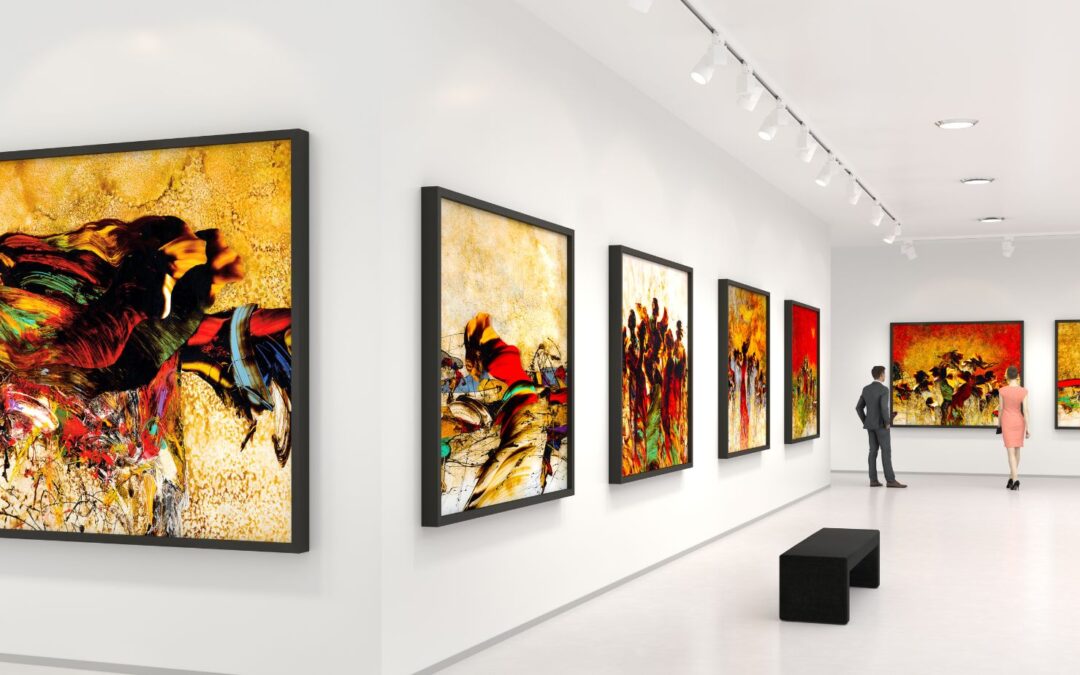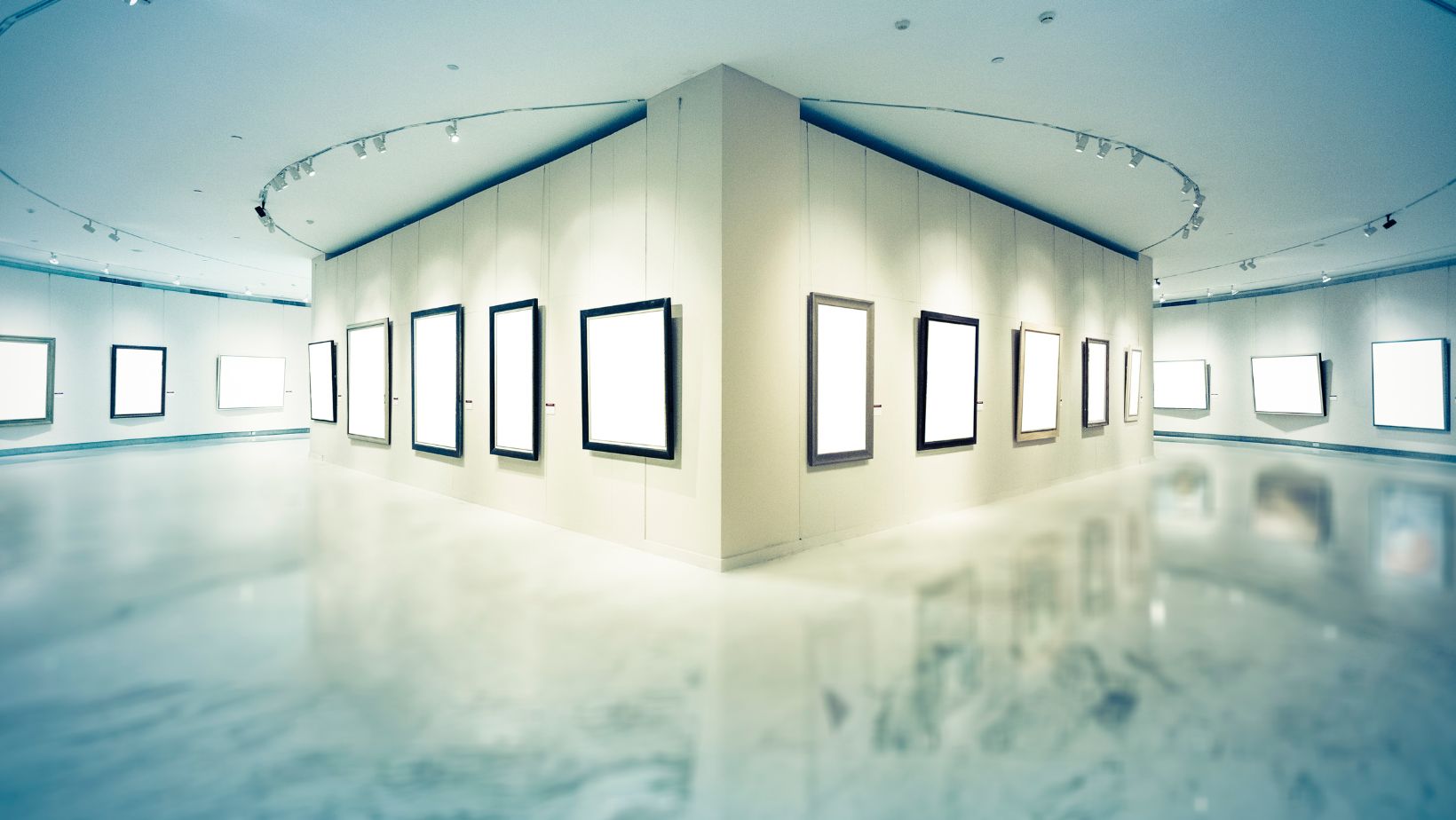Exhibition framing is an art form in itself, essential for presenting digital and traditional art in a manner that elevates its aesthetic appeal while ensuring its preservation. Specialised bespoke framing services tailored to the needs of professional photographers and discerning homeowners are indispensable. An advanced online ordering system, combined with the use of premium fine art paper, ensures that every piece is framed to perfection, exuding elegance and durability. Whether you’re looking to showcase a stunning photograph in a gallery or decorate your home with personal artwork, the perfect framing solutions provide the ideal blend of functionality and artistry. In this article, we delve into the intricacies of exhibition framing, exploring the materials, techniques, and considerations that contribute to creating a visually compelling and enduring display.
The Importance of High-Quality Materials in Exhibition Framing
High-quality materials make effective exhibition framing. The selection of materials significantly impacts both the aesthetic appeal and the longevity of the artwork. The frame itself should be robust and complementary to the artwork, crafted from materials like solid wood or high-grade metal. These materials provide the necessary structural support and add a touch of elegance that enhances the visual presentation.
Matting is another critical component, often overlooked yet pivotal in the framing process. Acid-free matting is essential to prevent the artwork from yellowing and deteriorating over time. It creates a visual space between the artwork and the frame, allowing the piece to breathe and stand out. The use of UV-protective glass or acrylic is equally important as it shields the artwork from harmful ultraviolet rays, which can cause fading and damage.
Investing in high-quality materials ensures that the framed artwork remains pristine for years to come. The meticulous selection of these materials reflects a commitment to preserving the integrity and beauty of the artwork. By choosing superior materials, artists and collectors can present their pieces in a manner that honours their craftsmanship and preserves their value.
Customisation Options: Tailoring Frames to Enhance Your Art
Customisation is at the heart of bespoke framing, allowing artists and collectors to tailor frames that not only protect but also accentuate the artwork. The ability to customise frames ensures that each piece receives the unique attention it deserves, enhancing its visual impact and resonance.
One of the primary customisation options is the choice of frame moulding. The style, colour, and finish of the moulding can dramatically influence the overall appearance of the artwork. For instance, a sleek, black frame can lend a modern, minimalist look to contemporary pieces, while an ornate, gilded frame might complement classical artworks, adding a sense of grandeur.
Matting choices also offer a wealth of customisation possibilities. Different colours, textures, and widths of mats can be selected to create contrast or harmony with the artwork. A double or triple mat can add depth and sophistication, drawing the viewer’s eye inward towards the art.
Another significant customisation aspect is the type of glazing used. Options range from standard glass to non-reflective and museum-quality glass, each offering varying levels of clarity and protection. By customising these elements, artists and collectors can create a framing solution that perfectly aligns with their vision and the unique characteristics of the artwork.
The Role of Fine Art Paper in Digital Print Presentation
The choice of paper is paramount in digital print presentation, playing a crucial role in the texture, colour accuracy, and overall quality of the print. Fine art paper, specifically designed for high-resolution digital prints, ensures that every detail of the artwork is faithfully reproduced.
Fine art paper is known for its superior quality and archival properties. Typically made from 100% cotton or alpha-cellulose, these papers offer excellent longevity and stability. They are designed to resist fading and discolouration, ensuring that prints maintain their vibrancy for decades. Additionally, fine art paper often features a textured surface that can add depth and dimension to the artwork, enhancing the overall visual experience.
The printing process itself is also enhanced by the use of fine art paper. These papers are compatible with high-end inkjet printers that utilise pigment-based inks. The combination of fine art paper and pigment inks produces prints with exceptional colour depth, clarity, and detail. This is particularly important for professional photographers and artists who seek to replicate their digital creations with the highest fidelity.
By choosing fine art paper, artists and photographers can present their digital prints in a manner that rivals traditional photographic processes. This commitment to quality not only enhances the aesthetic appeal of the artwork but also ensures its preservation for future generations. Those interested in achieving the best presentation for their artwork can explore fine art printing services that offer tailored options to meet the highest standards of art presentation.
Preserving Artwork: Techniques and Best Practices in Framing
Preserving artwork is a critical aspect of exhibition framing, ensuring that pieces remain in pristine condition for years to come. One of the primary considerations is the use of acid-free materials, which prevent the artwork from deteriorating and discolouring over time.

UV-protective glazing is another essential component. Exposure to ultraviolet light can cause fading and damage, especially to photographs and prints. UV-protective glass or acrylic shields the artwork from harmful rays while reducing glare.
Proper mounting techniques, such as hinging with acid-free tape, allow the artwork to expand and contract with environmental changes without causing damage. By adhering to these best practices, artists and collectors can ensure that their framed artworks are beautifully displayed and well-protected, preserving both their aesthetic and monetary value.
Conclusion
Exhibition framing is an essential practice for both professional photographers and homeowners who wish to showcase their artwork in the best possible light. High-quality materials, customisation options, and proper preservation techniques all play pivotal roles in ensuring that framed pieces are not only visually striking but also long-lasting. The use of fine art paper enhances the quality of digital prints, while adherence to best practices in framing protects and preserves the artwork. For those seeking top-tier solutions, C-Type printing services offer tailored options to meet the highest standards of art presentation. By understanding and implementing these elements, anyone can elevate their artwork to new heights, creating displays that captivate and endure.


